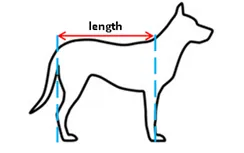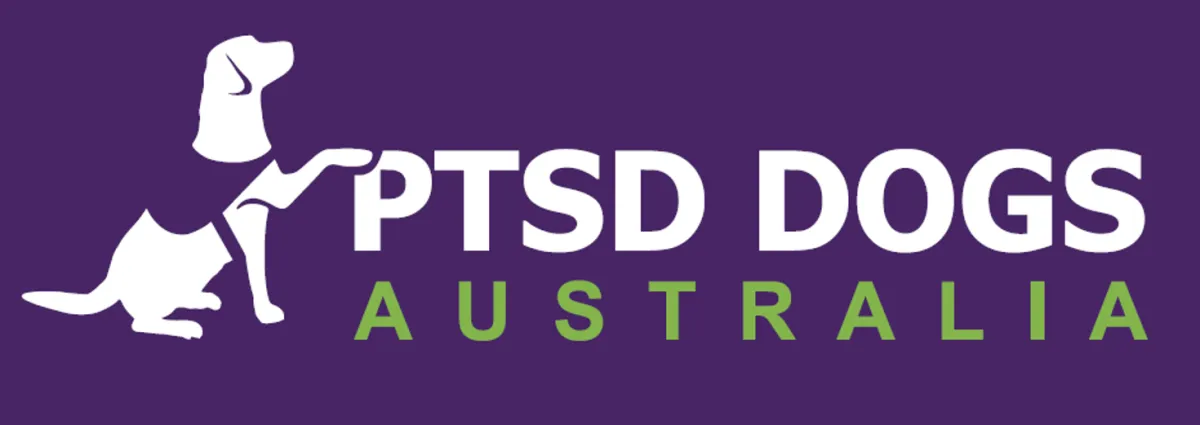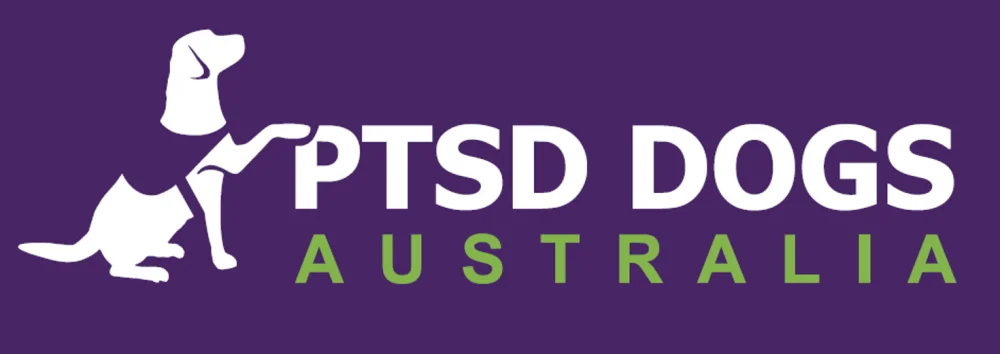Train Your Own
Modular Training Program
Join Angie to learn a little bit more about the...
PTSD Dogs Australia
Train Your Own Program
What do we look for to help with a Positive Experience?
The PTSD Dogs Australia 'Train Your Own' program is deigned for people who have PTSD, anxiety, depression and physical ailments.
There are guidelines that we follow to ensure the dog can easily and safely traverse public transport and public places and so that the appropriate size dog is placed according to the your needs or specific disability.
Health and Fitness levels are also considered in the selection process.
(Please ensure that you read through our Frequently Asked Questions at the bottom of this page as well)
The Positive Experience Checklist
A warm and caring relationship with your dog
A desire to learn (for both you and your dog)
Patience (for both yourself and your dog)
Treats are a must have for the training
Appropriate collar and leash (eg no choker chains, pinch collars etc)
Appropriate size dog (refer the rough guide below)

How to measure the Length of your dog.
Our Recomended Dog Sizing
Height Minimum 500mm (Knee Height)
Height Maximum 650mm
Ideal Height 600mm
Length Maximum 1290mm
Preferred Lengh 560mm
Weight Minimum 15kg
Weight Maximum 45kg
Ideal Weight Between 20-30kg
So, if you feel that you are ready to join others that have embarked on the Train Your Own program.....
And potentially experience this....
Or this ....
And potentially have this outcome...
Then your next step is to get an understanding of the investment that will enable this life changing experience...
Let's have a look by clicking the button below.
We Get That You May Have Some Questions....
Some of these may be answered for your in our 'Frequently Aksed Questions' Section below this Form
But, if they have not been answered, feel free to submit your details along with your question in this form.
Frequently Asked Questions
What if I don’t have a diagnosis of PTSD but have agoraphobia, anxiety, depression will this help or can I still do program?
Yes, your dog in the later modules of modules 4-7 will be taught specific tasks to mitigate your personal disability to meet your medical goals.
I have physical problems as well, does this preclude me?
No providing you can train your own dog or have suitable people who can support and potentially be a secondary handler. In modules 4-7, your dog will be taught specific tasks to mitigate your physical challenges.
My dog is outside the desired weight or height, can I still do the program?
Height for the lower end is generally at 50cm and the upper end of height is generally 60cm, due to your specific needs this will be assessed. Eg Balance weight bearing assistance work.
My dog is the family pet.Can I train my dog in this situation?
Yes your dog could potentially be trained, however an Assistance Dog is trained to mitigate an individuals disability and as such is trained for one person and is not a family pet.
My dog is entire and I don’t want to desex it, can it still be part of the program?
Assistance dogs are to be desexed once they are ready to complete a PAT assessment under GHAD Legislation which is how your dog will be certified.
My dog is deaf, can I still have it as my assistance dog?
No, as the dog must have a clear bill of health passed by a veterinarian.
I have been with another organisation, can I change to PTSD Dogs Australia?
Yes, providing the dog and team meets the the standards required.
What sort of health and physical ability does my dog need to be at?
A dog's health and physical ability to perform specific tasks may impact its suitability to become an assistance dog. For example, a dog with certain medical conditions or physical limitations may not be able to fulfill the necessary duties.
Is there a minimum or maximum age for a suitable dog to train?
The age and developmental stage of a dog can also be a factor. Younger dogs may need to demonstrate a certain level of maturity and training before they can be considered for assistance work. Depending on the size / breed of dog, the upper age can vary.
How frequently do I need socialise and train my dog?
Insufficient socialisation or training may also preclude a dog from becoming an assistance dog. Dogs must be well-socialized and have the ability to remain calm and focused in various environments and situations.
How do you judge behavioral suitability of a dog for this program?
Dogs must exhibit the right temperament and behavior to work as assistance animals. Aggression, excessive fearfulness, or inability to focus on tasks may disqualify a dog from becoming an assistance dog.
What attributes do you look for in an assistance dog?
They need to be cool, calm and collected around people, children and other dogs. They need to born pacifists, with zero aggressive tendancies and display a quiet confidence.

